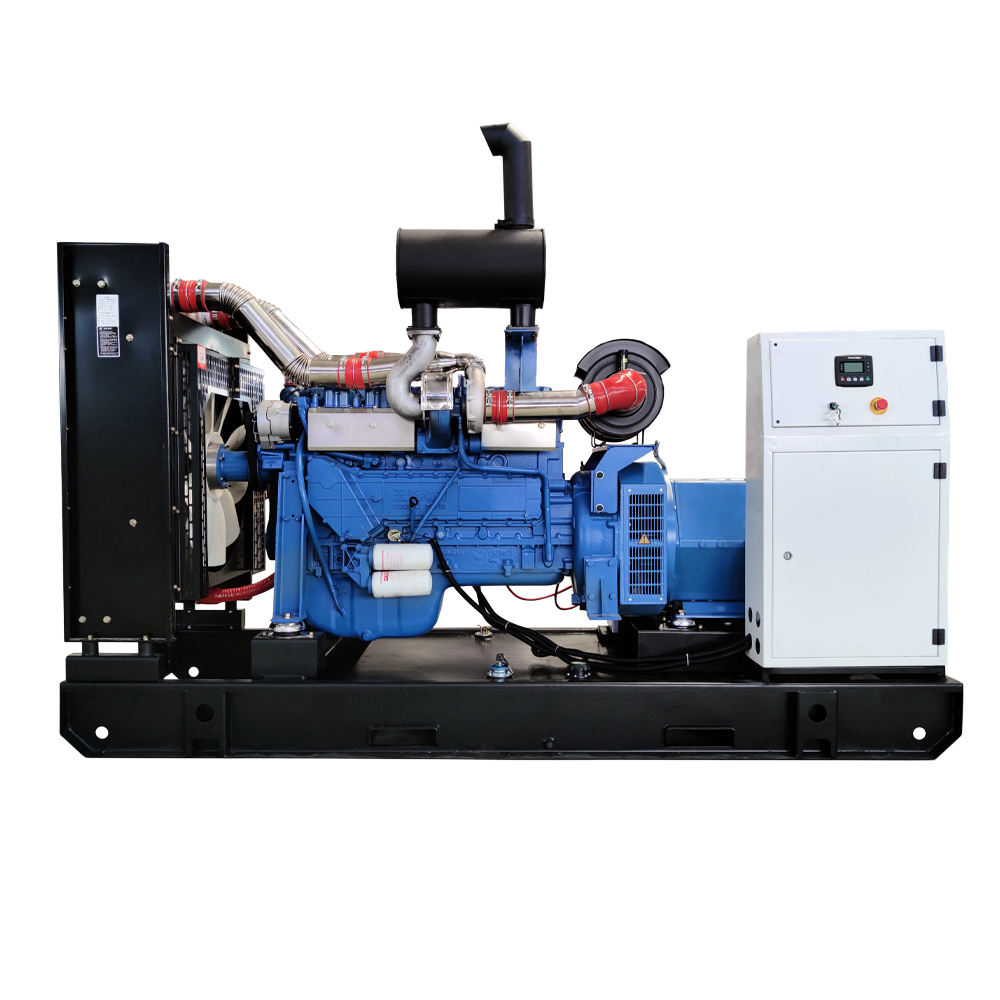At present, diesel generators are widely used in various industries and are the preferred power equipment for providing backup power in case of sudden power outages or daily electricity consumption by enterprises. Diesel generators are also commonly used in some remote areas or field operations. Therefore, before purchasing a diesel generator, in order to ensure that the generator can provide electricity with the best performance, it is necessary to have a clear understanding of kilowatts (kW), kilovolt amperes (kVA), and power factor (PF) The difference between them is important:
Kilowatt (kW) is used to measure the actual electricity provided by generators, which is directly used by electrical appliances and equipment in buildings.
Measure apparent power in kilovolt amperes (kVA). This includes active power (kW), as well as reactive power (kVAR) consumed by equipment such as motors and transformers. Reactive power is not consumed, but circulates between the power source and the load.
Power factor is the ratio of active power to apparent power. If the building consumes 900kW and 1000kVA, the power factor is 0.90 or 90%.
The diesel generator nameplate has rated values of kW, kVA, and PF. To ensure that you can choose the most suitable diesel generator set for yourself, the best suggestion is to have a professional electrical engineer determine the size of the set.
The maximum kilowatt output of a generator is determined by the diesel engine that drives it. For example, consider a generator driven by a 1000 horsepower diesel engine with an efficiency of 95%:
1000 horsepower is equivalent to 745.7 kilowatts, which is the shaft power provided to the generator.
Efficiency of 95%, maximum output power of 708.4kW
On the other hand, the maximum kilovolt ampere depends on the rated voltage and current of the generator. There are two ways to overload the generator set:
If the load connected to the generator exceeds the rated kilowatts, it will overload the engine.
On the other hand, if the load exceeds the rated kVA, it will overload the generator winding.
It is important to keep this in mind, as even if the load in kilowatts is below the rated value, the generator may overload in kilovolt amperes.
If the building consumes 1000kW and 1100kVA, the power factor will increase to 91%, but it will not exceed the capacity of the generator set.
On the other hand, if the generator operates at 1100kW and 1250kVA, the power factor only increases to 88%, but the diesel engine is overloaded.
Diesel generators can also be overloaded with only kVA. If the equipment operates at 950kW and 1300kVA (73% PF), even if the diesel engine is not overloaded, the windings will still be overloaded.
In summary, diesel generators can exceed their rated power factor without any problem, as long as kW and kVA remain below their rated values. It is not recommended to operate below the rated PF, as the operating efficiency of the generator is relatively low. Finally, exceeding the kW rating or kVA rating will damage the equipment.
How Leading and Lagging Power Factors Affect Diesel Generators
If only the resistance is connected to the generator and voltage and current are measured, their AC waveforms will match when displayed on the digital instrument. Two signals alternate between positive and negative values, but they cross both 0V and 0A simultaneously. In other words, voltage and current are in phase.
In this case, the power factor of the load is 1.0 or 100%. However, the power factor of most equipment in buildings is not 100%, which means that their voltage and current will offset each other:
If the peak AC voltage leads the peak current, the load has a lagging power factor. The loads with this behavior are called inductive loads, which include electric motors and transformers.
On the other hand, if the current leads the voltage, the load has a leading power factor. A load with this behavior is called a capacitive load, which includes batteries, capacitor banks, and some electronic devices.
Most buildings have more inductive loads than capacitive loads. This means that the overall power factor is usually lagging, and diesel generator sets are designed specifically for this type of load. However, if the building has many capacitive loads, the owner must be careful because the generator voltage will become unstable as the power factor advances. This will trigger automatic protection, disconnecting the device from the building.
Post time: Feb-23-2024



